Curious how planting certain vegetables, herbs, and flowers side by side can help your garden grow better and stronger?
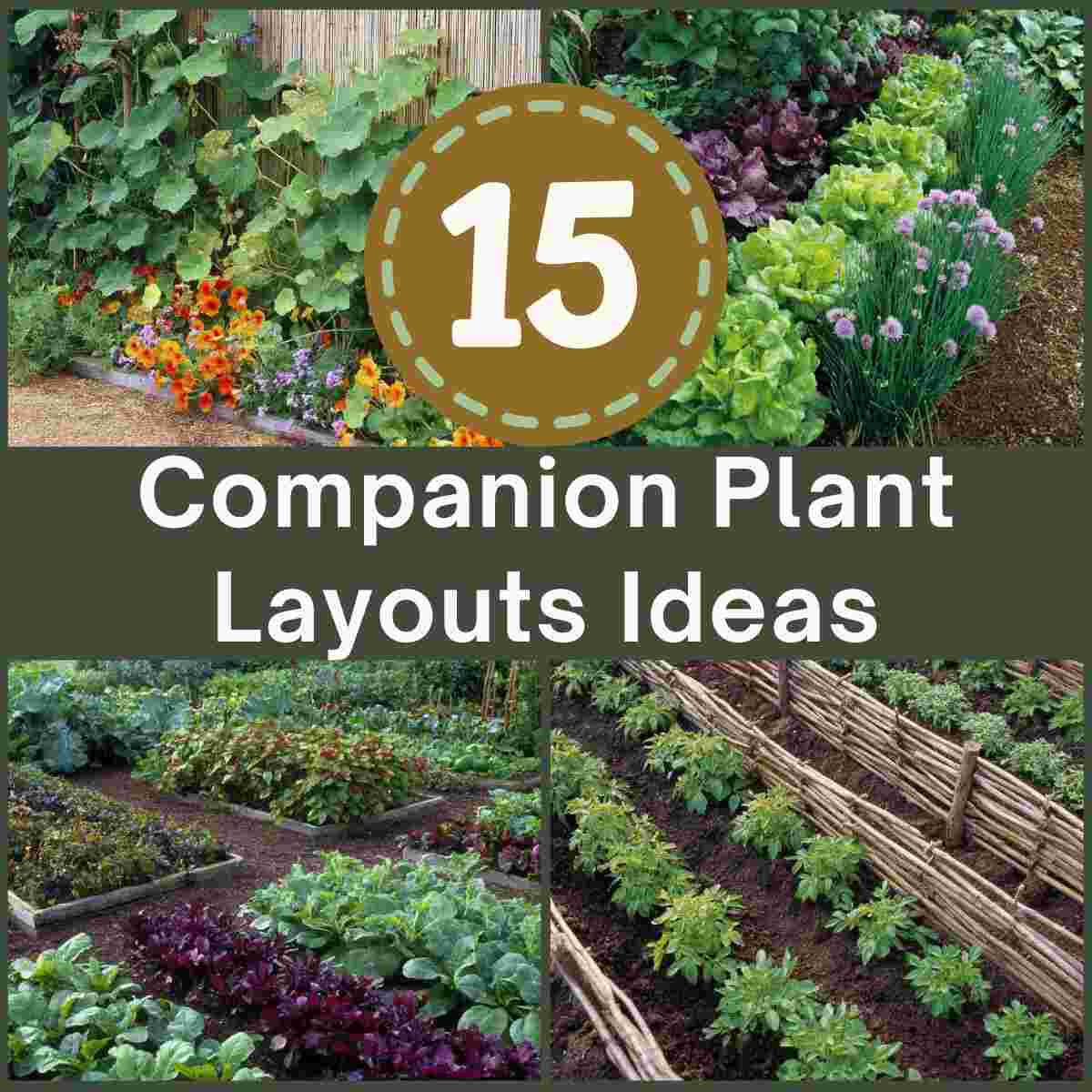
Ever wondered which plants grow best together in a garden?
Companion Plant Layouts Garden Ideas help you match the right plants so they can protect each other from pests, grow stronger, and even taste better.
1. Tomato and Basil Bed
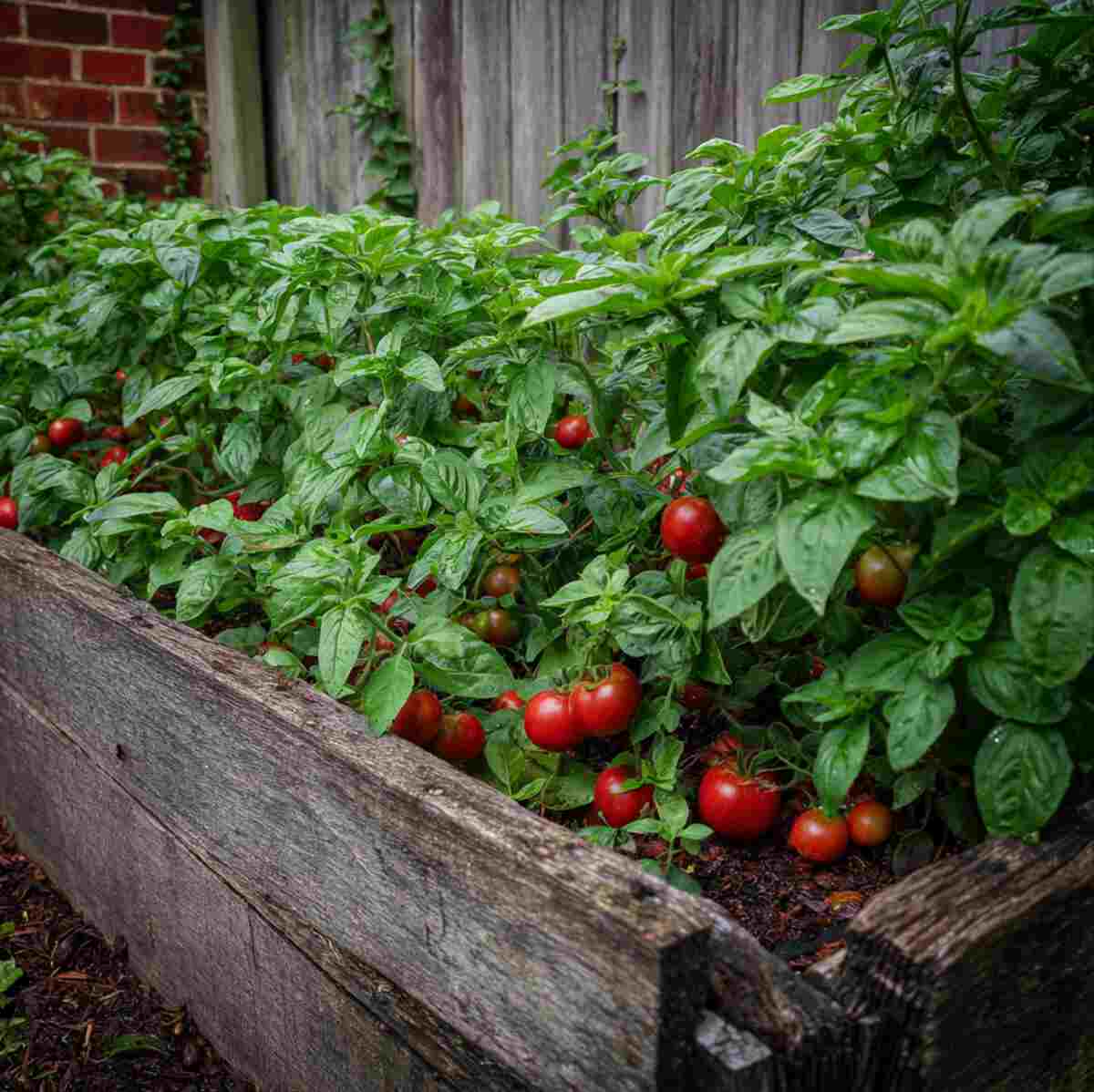
Tomatoes and basil are classic companions that thrive when planted together.
Basil helps repel pests like aphids and hornworms while enhancing the flavor of tomatoes.
This pairing is a staple in many Companion Plant Layouts Garden Ideas due to its effectiveness in boosting plant health and harvest quality.
See, 19 Smart Square Foot Layouts Garden Ideas
2. Corn, Beans, and Squash (Three Sisters) Plot
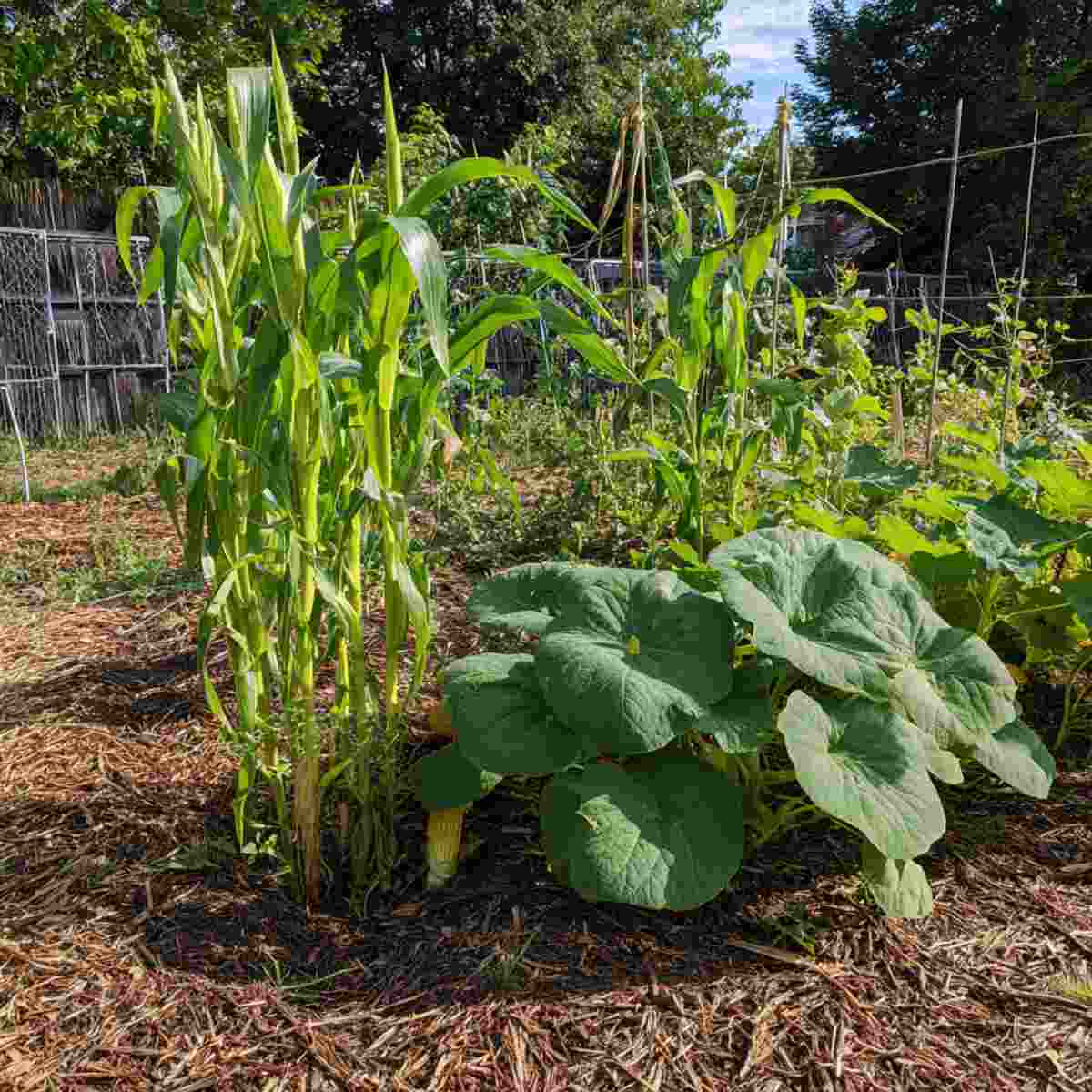
The Three Sisters layout is a time-tested Native American method where corn provides a natural trellis for beans, beans fix nitrogen in the soil, and squash spreads to suppress weeds.
This trio supports one another structurally and nutritionally.
It’s a perfect example of sustainability in Companion Plant Layouts Garden Ideas.
3. Carrot and Onion Rows
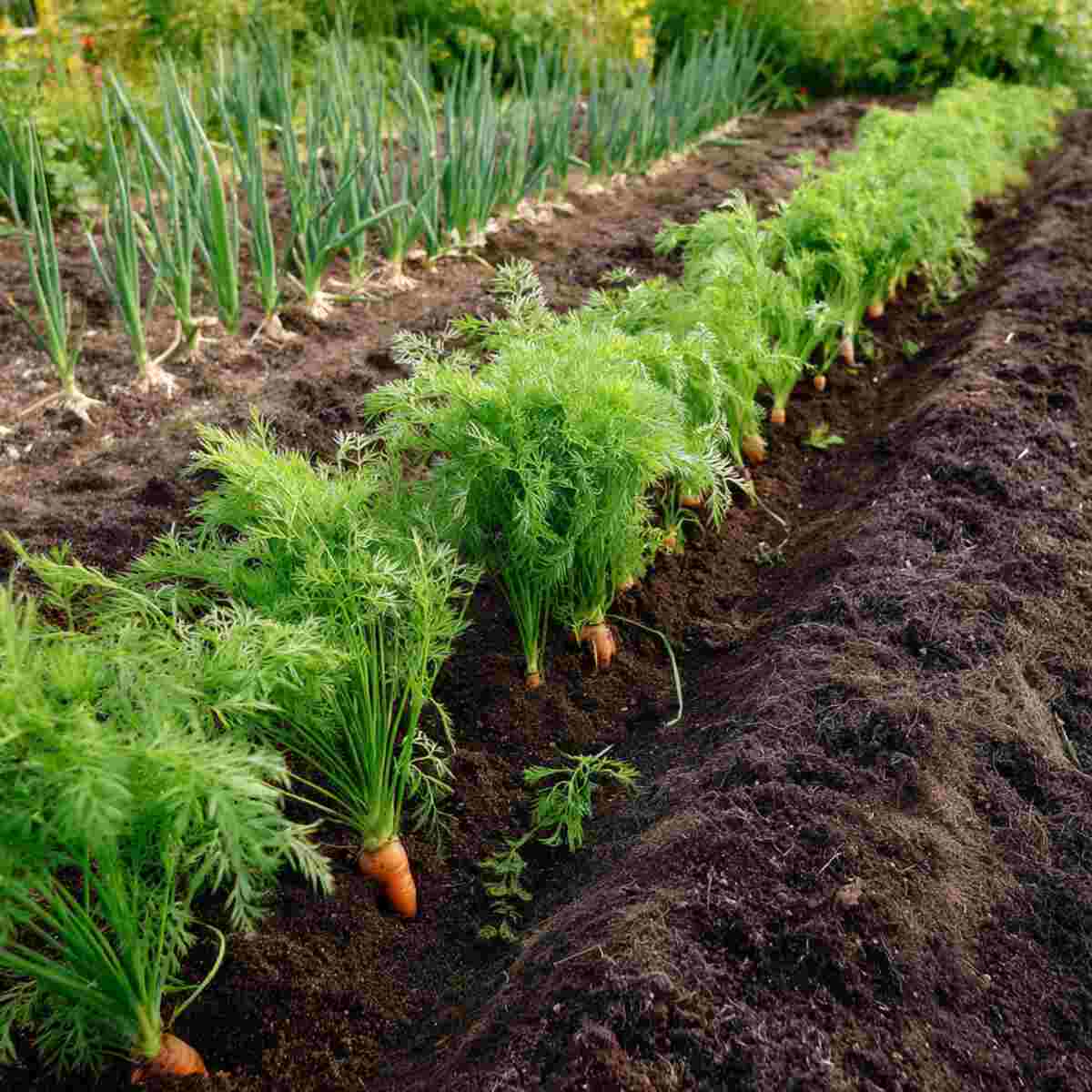
Carrots and onions are great neighbors because their scents help mask each other from pests like carrot flies and onion maggots.
Their root systems grow at different depths, minimizing competition for space and nutrients.
This thoughtful pairing adds balance and protection in Companion Plant Layouts Garden Ideas.
See, 12 Genius Companion Planting with Fruit Trees Ideas
4. Cabbage and Dill Patch
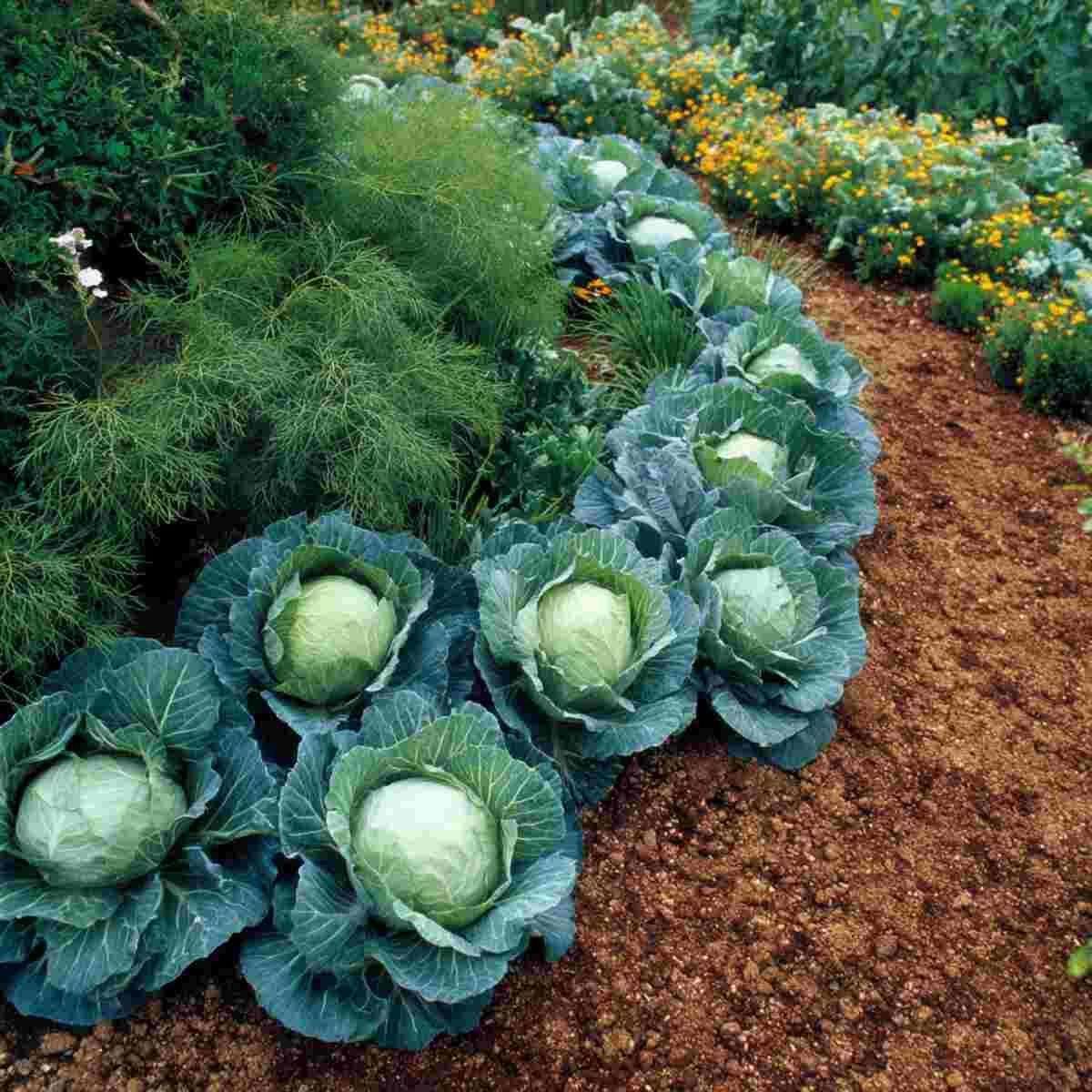
Dill attracts beneficial insects like wasps and ladybugs that prey on cabbage pests.
It also improves the growth of cabbage by enhancing the soil ecosystem.
Including herbs like dill is a smart strategy in Companion Plant Layouts Garden Ideas to create natural pest barriers.
See, 10 Companion Flower Combos Every Vegetable Garden Needs
5. Lettuce and Chives Border
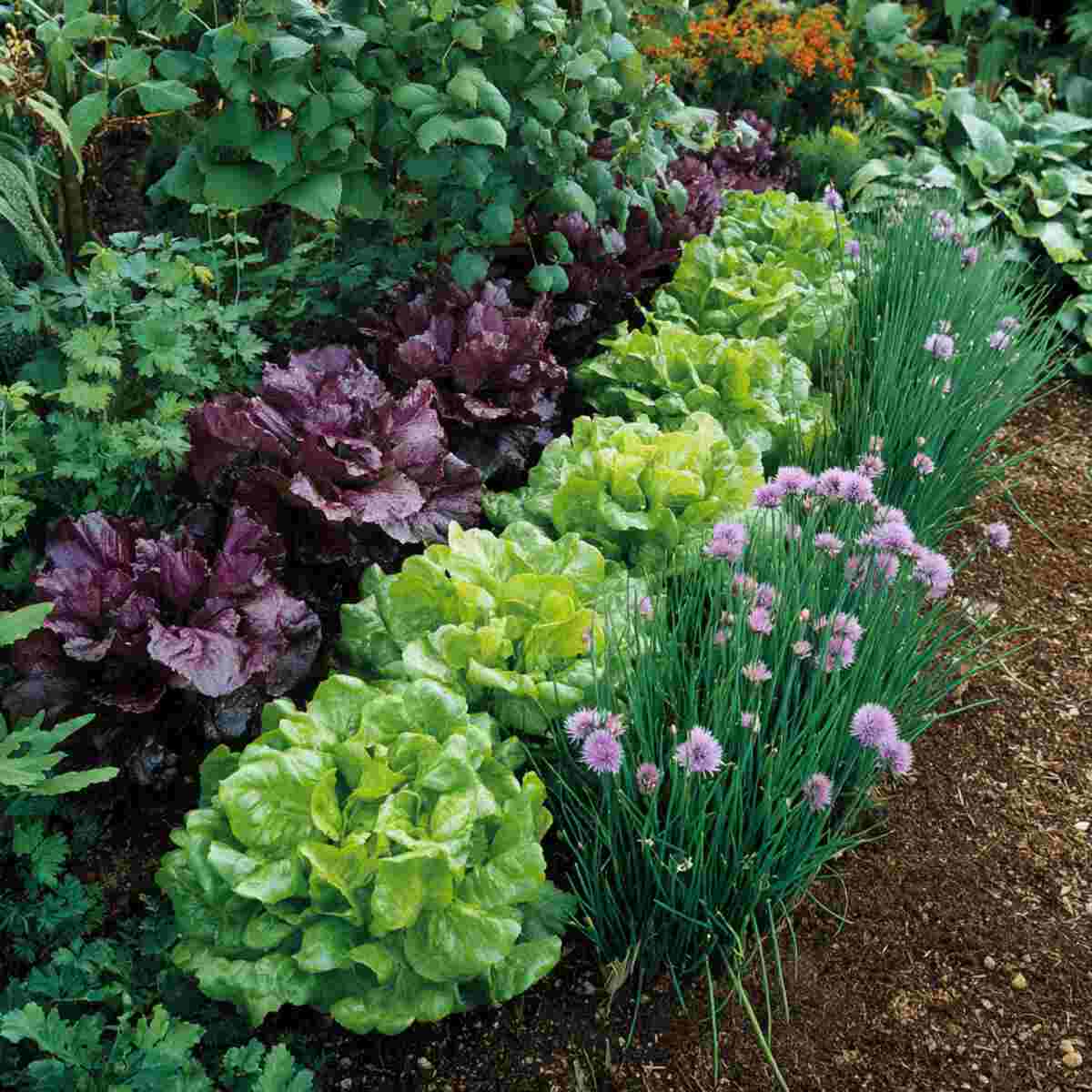
Chives help deter aphids and other insects that commonly attack leafy greens like lettuce.
Lettuce, in turn, provides shade to the soil, keeping the roots of both plants cool and moist.
This border-style combination works well in raised beds or edge plantings in Companion Plant Layouts Garden Ideas.
6. Cucumber and Nasturtium Corner
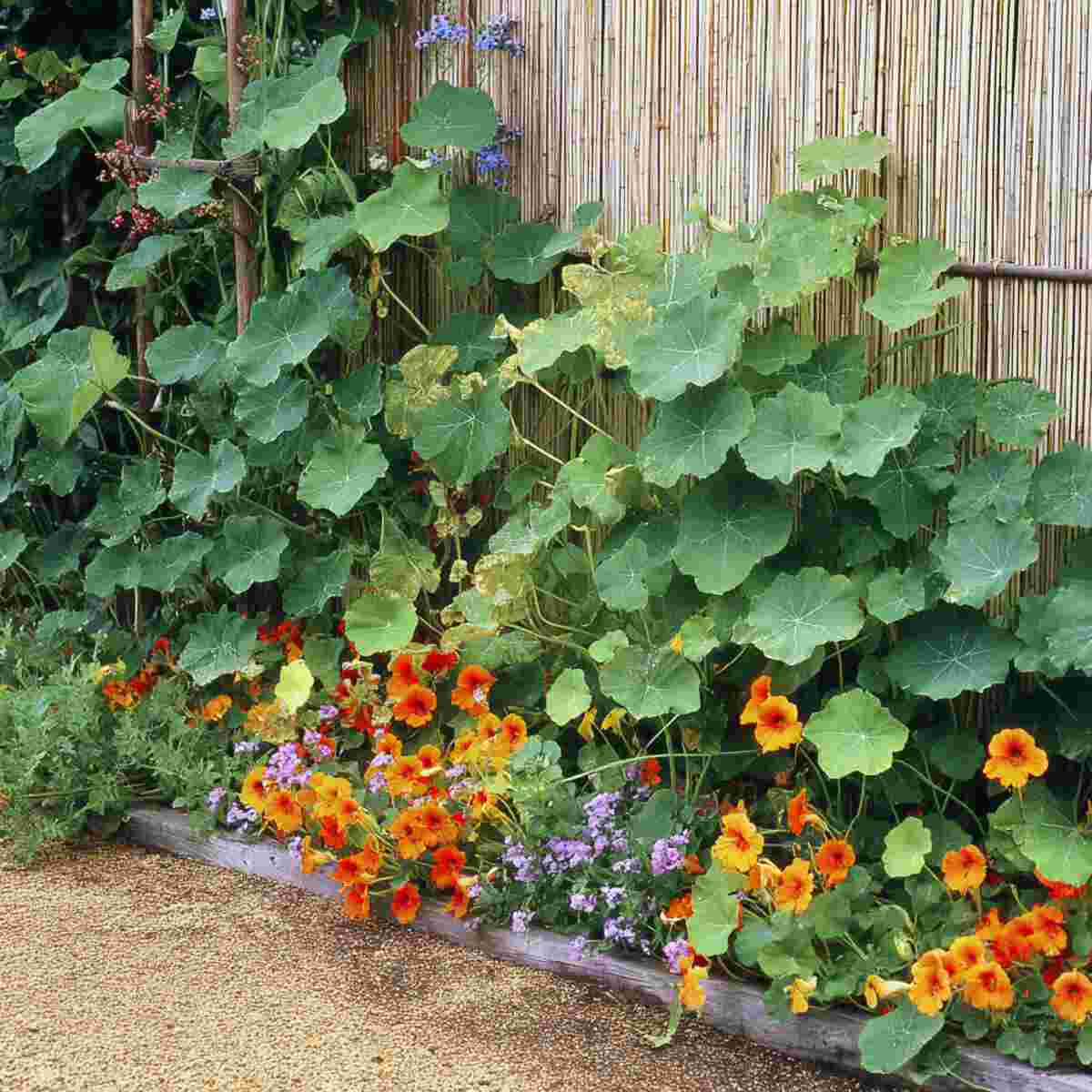
Nasturtiums act as a trap crop, drawing aphids and beetles away from cucumbers while attracting pollinators.
Their sprawling growth also shades the ground and helps retain moisture.
This duo offers both protection and pollination benefits in many Companion Plant Layouts Garden Ideas.
See, 23 Companion Flower Planting Ideas Every Gardener Should Know
7. Peas and Spinach Section
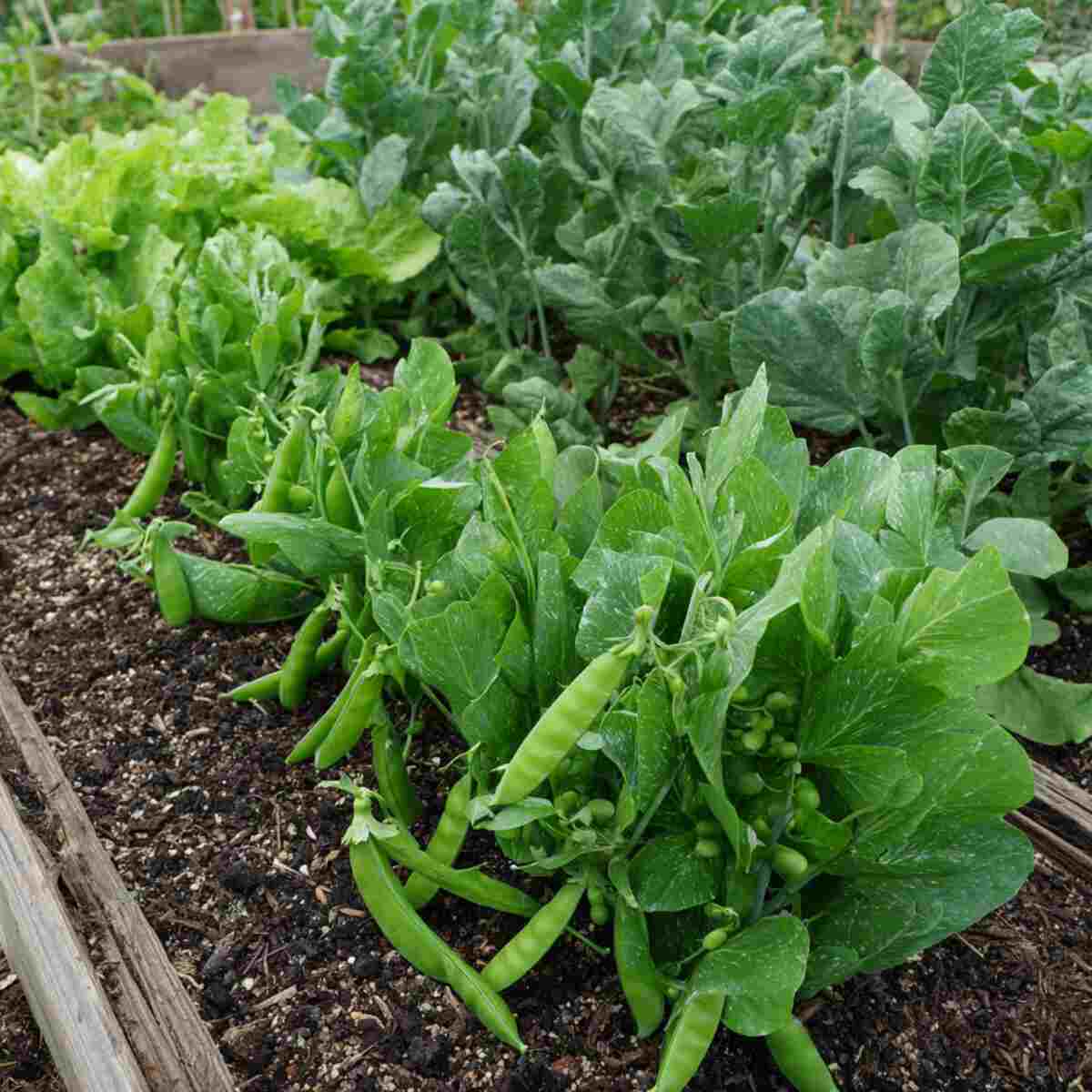
Peas fix nitrogen in the soil, which benefits nutrient-hungry plants like spinach.
Both crops enjoy cooler temperatures and can be planted in early spring.
Their compatibility in timing and soil needs makes them a practical match in Companion Plant Layouts Garden Ideas.
8. Broccoli and Celery Pairing
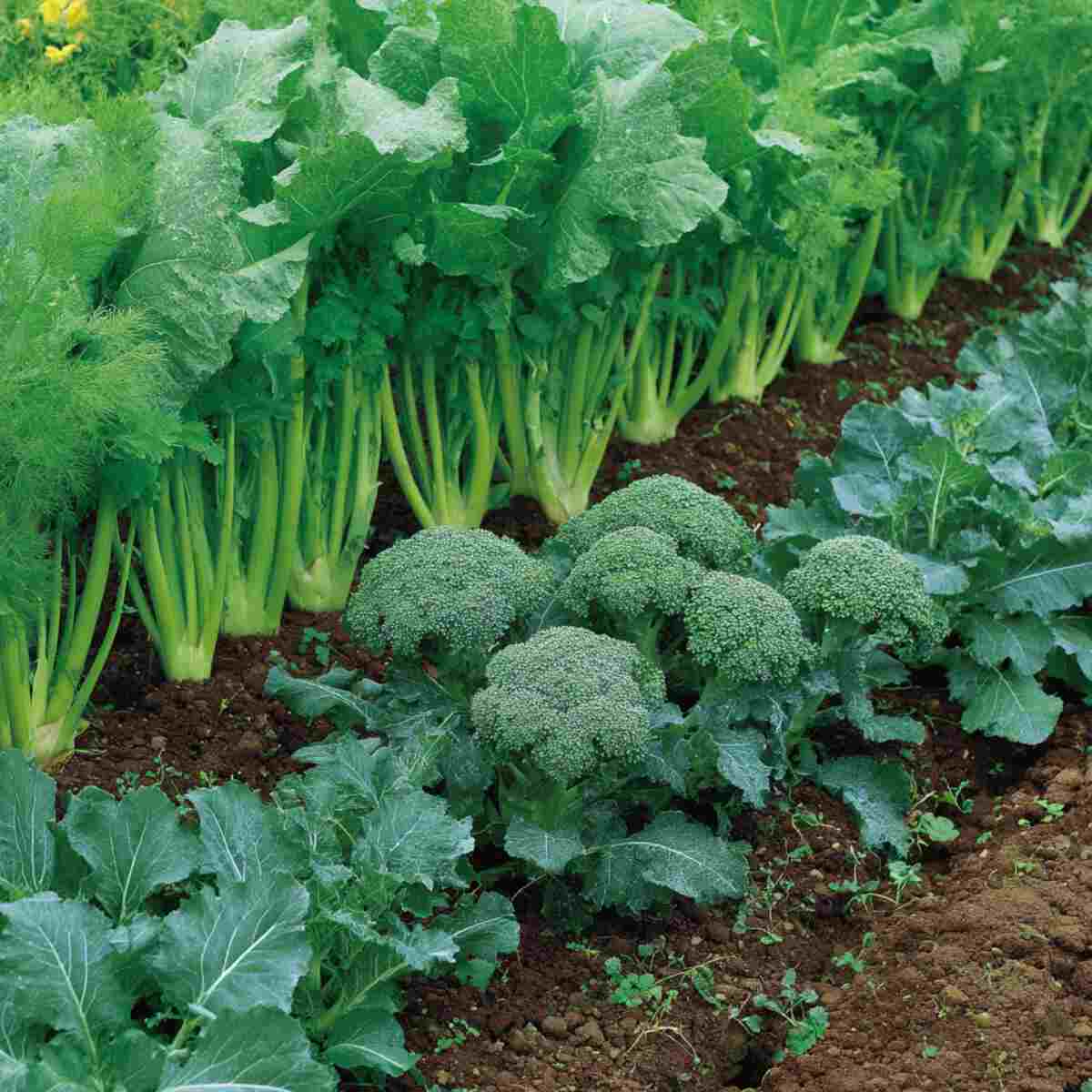
Celery helps repel cabbage moths that often target broccoli, while broccoli provides some shade to celery’s roots.
Their growth patterns don’t clash, allowing both to flourish together.
This pairing highlights how pest control and microclimate benefits come together in smart Companion Plant Layouts Garden Ideas.
9. Radish and Cucumber Strip
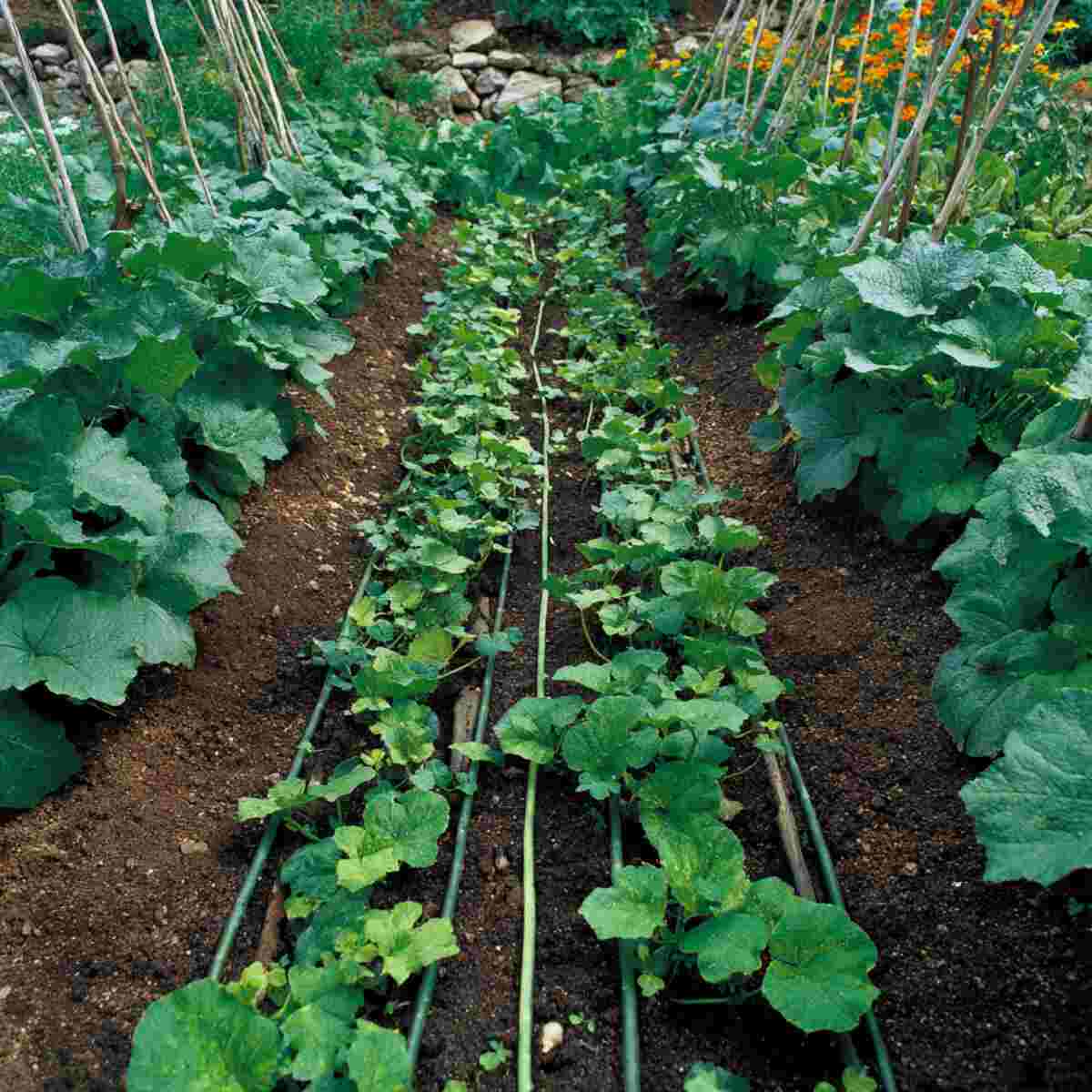
Radishes grow quickly and can break up the soil, improving aeration for slower-growing cucumbers.
They also deter cucumber beetles, acting as an early defense line.
Incorporating fast growers like radish is a smart strategy in productive Companion Plant Layouts Garden Ideas.
10. Eggplant and Marigold Zone
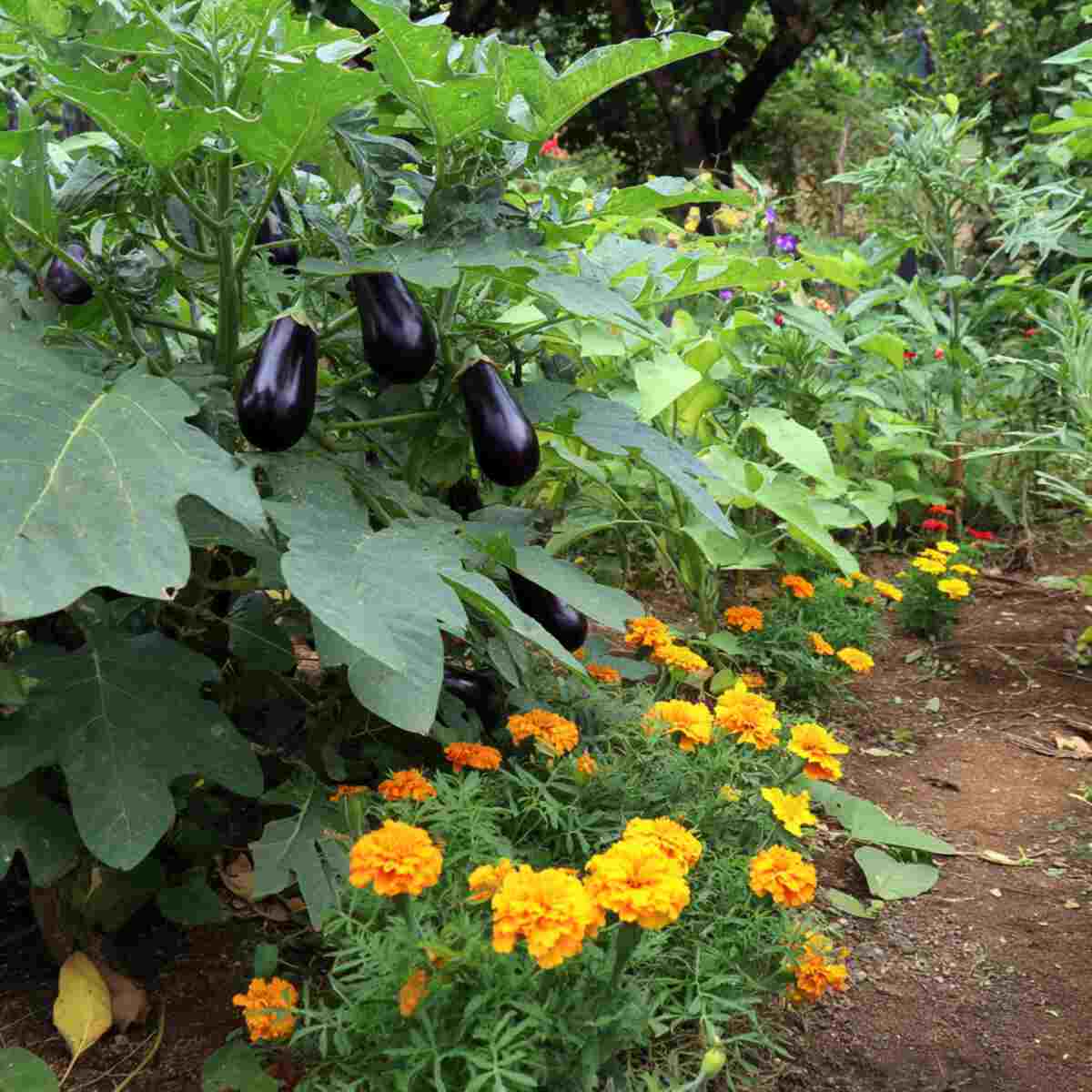
Marigolds are known for their strong scent, which deters nematodes and whiteflies that target eggplants.
Their bright flowers also attract pollinators and beneficial insects.
This vibrant layout is both practical and beautiful in Companion Plant Layouts Garden Ideas.
11. Zucchini and Borage Cluster
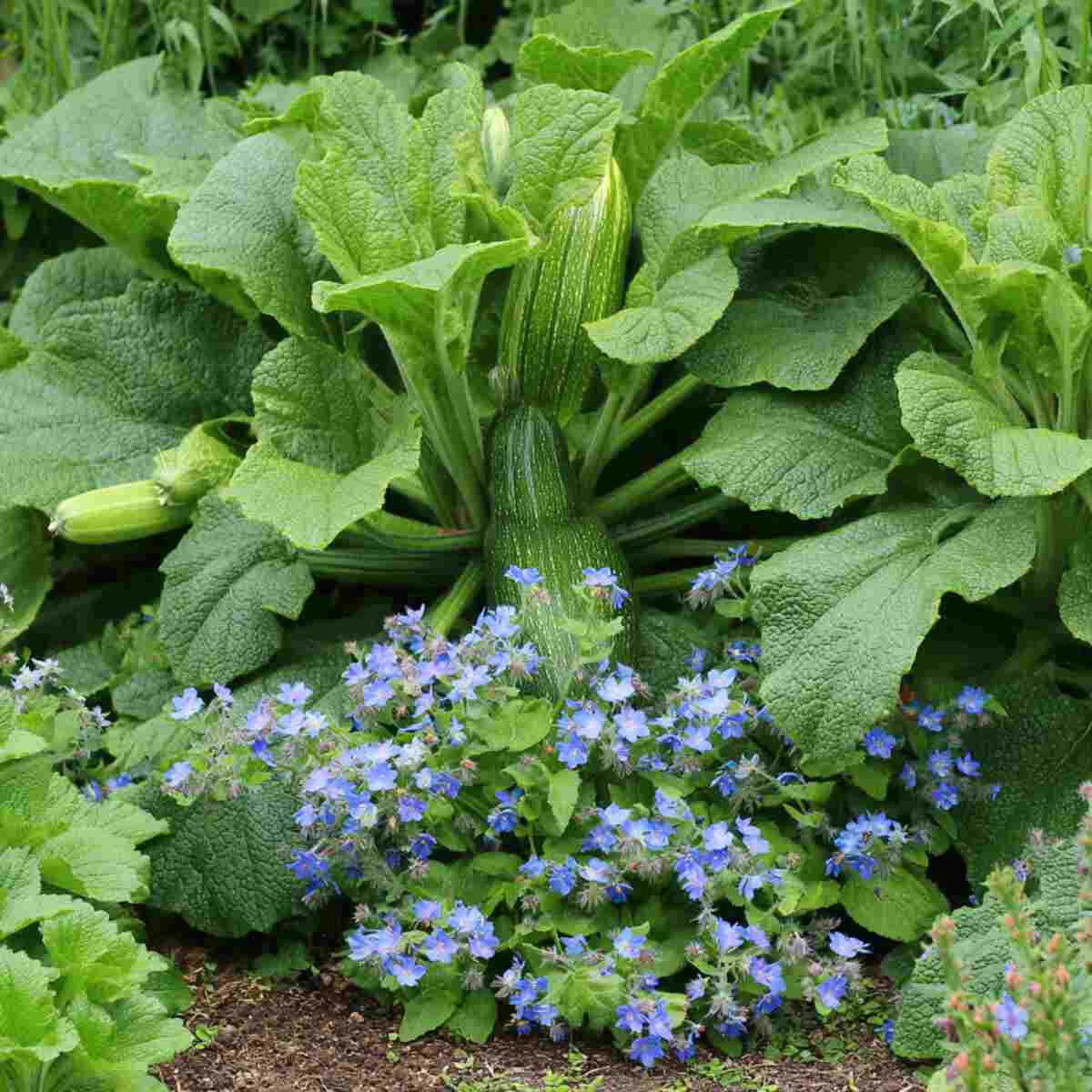
Borage attracts bees and other pollinators that benefit zucchini flowers, ensuring a better fruit set.
It also deters pests like hornworms and improves plant resistance to disease.
This beneficial cluster proves how flower-herb combinations enhance Companion Plant Layouts Garden Ideas.
12. Kale and Garlic Patch
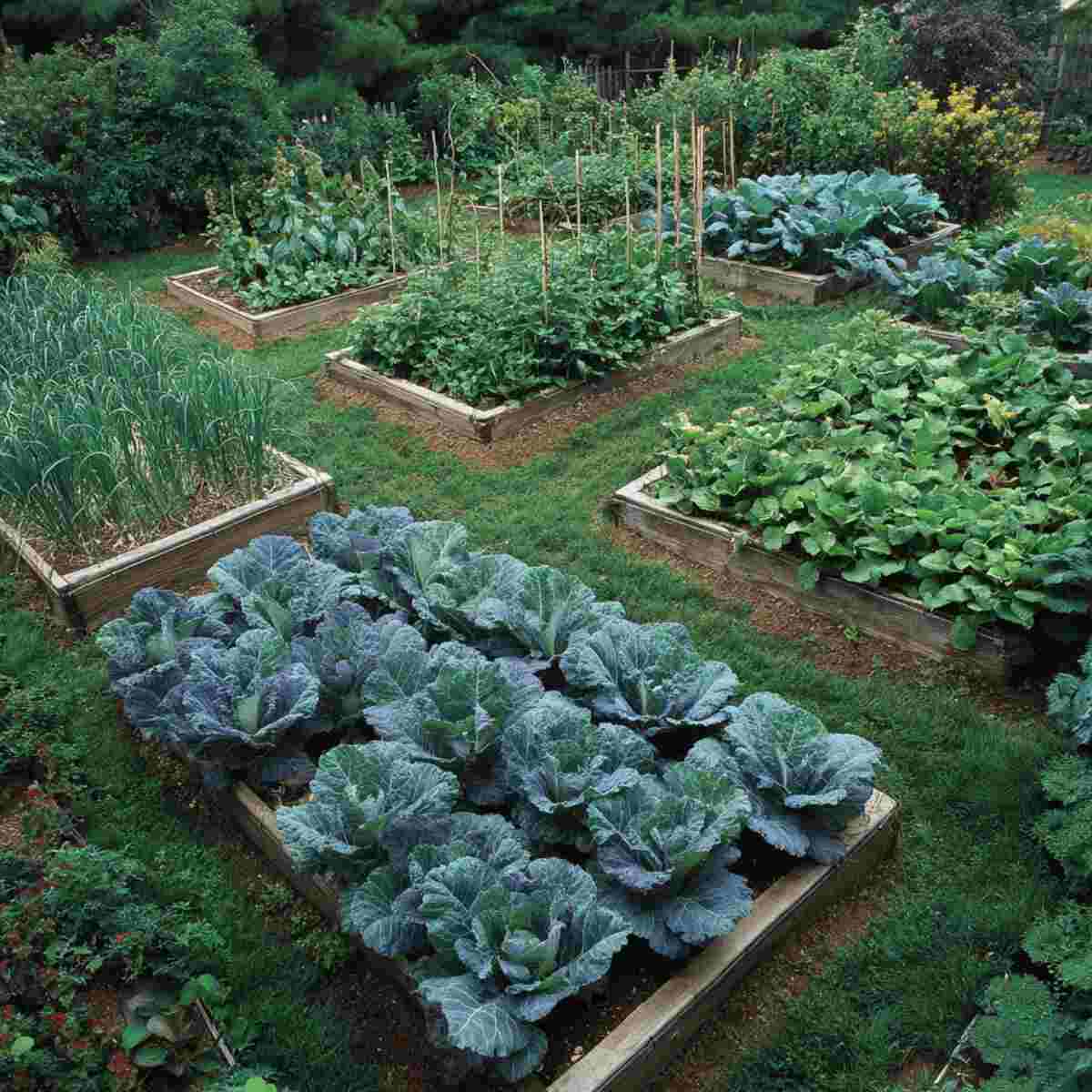
Garlic’s strong scent repels many of the insects that attack kale, such as cabbage loopers and aphids.
Kale, being a large leafy plant, creates shade that helps retain soil moisture around the garlic.
This duo contributes to healthier growth and is a great addition to Companion Plant Layouts Garden Ideas.
13. Beets and Bush Beans Bed
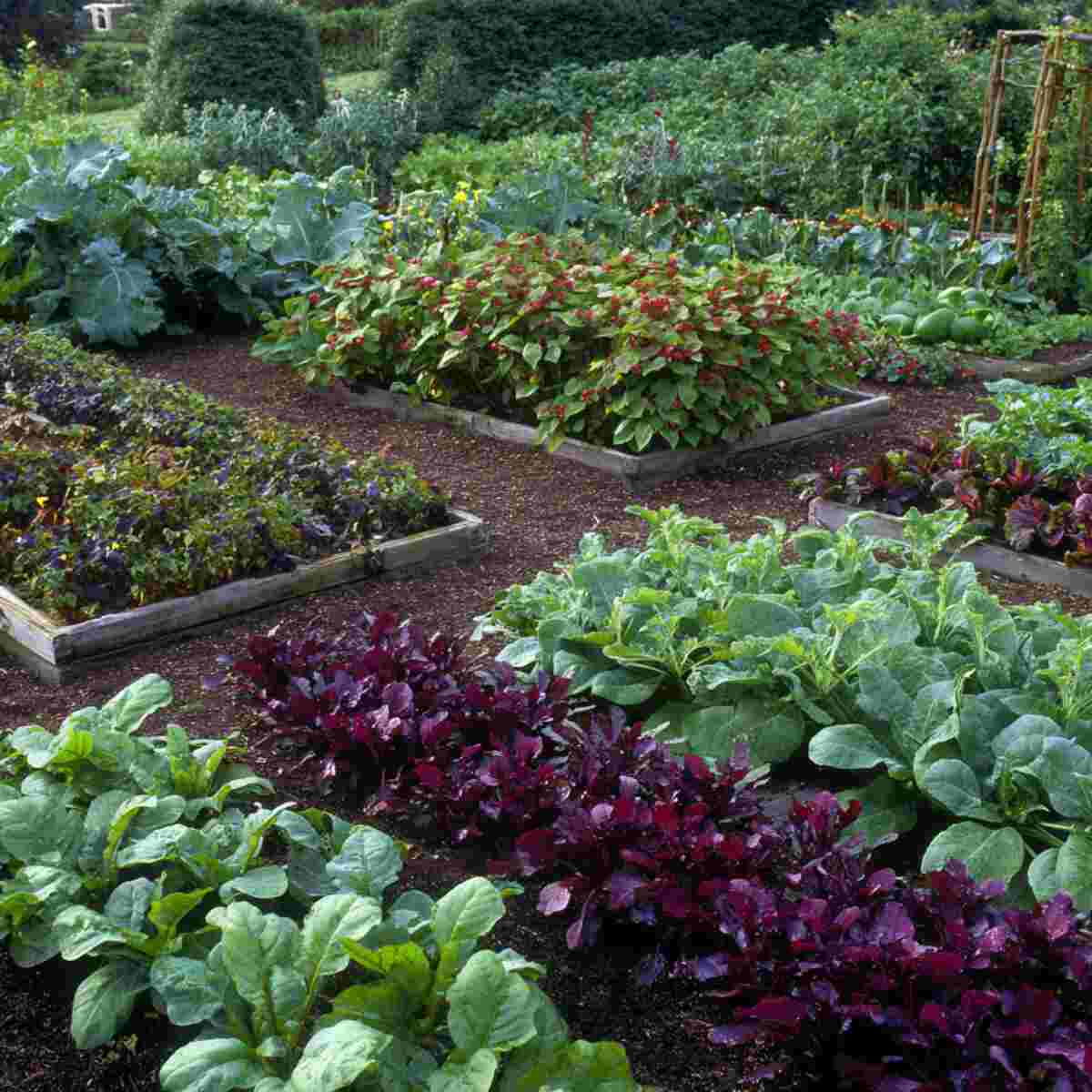
Bush beans enrich the soil with nitrogen, which beets use to grow stronger and sweeter roots.
They also occupy different vertical spaces, reducing crowding and maximizing yield.
This combo highlights space efficiency and soil enhancement in Companion Plant Layouts Garden Ideas.
14. Strawberry and Thyme Groundcover
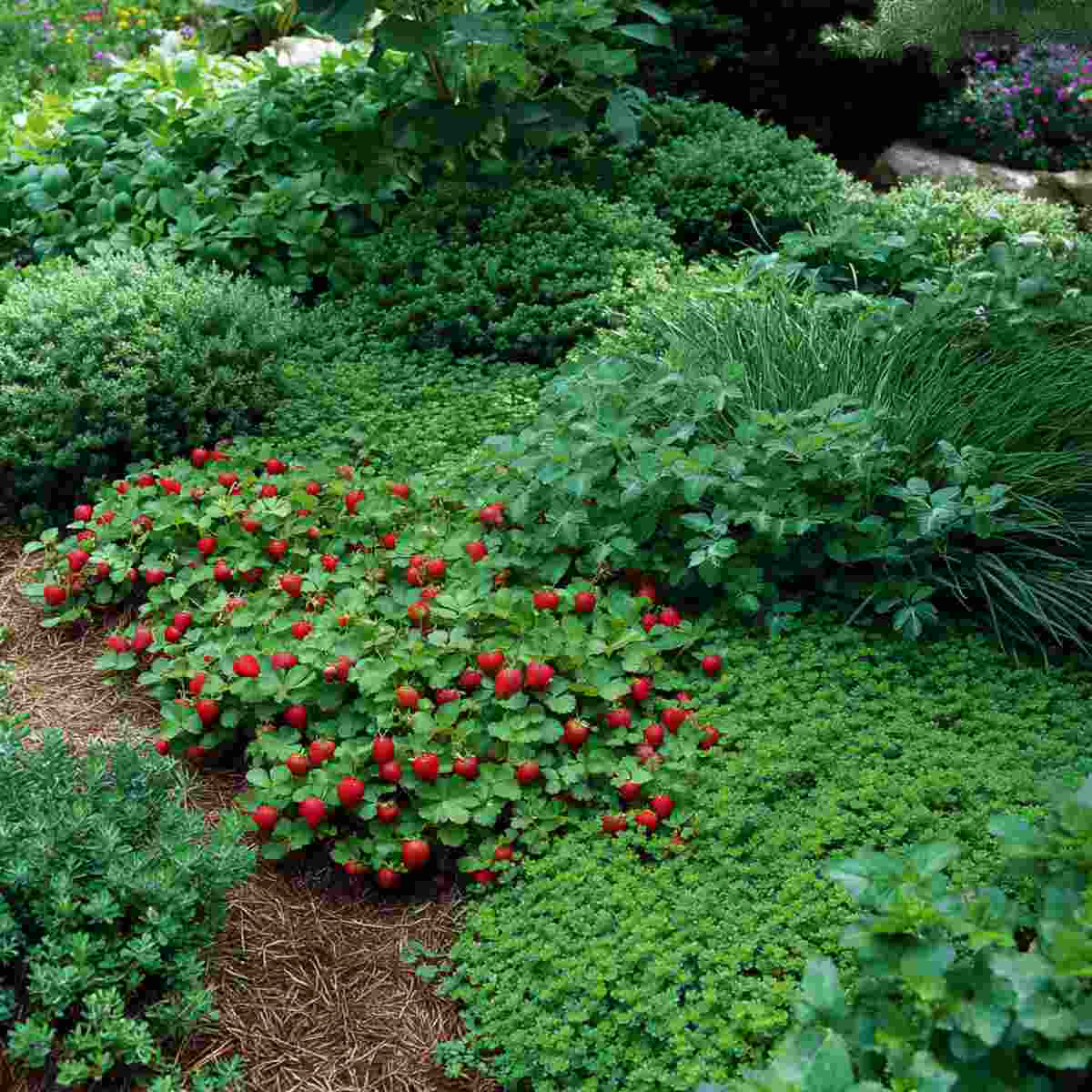
Thyme acts as a living mulch that deters pests and keeps weeds at bay, while strawberries thrive in the low-growing protection it provides.
Their partnership conserves moisture and creates a more stable environment.
This ground-hugging layout is ideal for eco-friendly Companion Plant Layouts Garden Ideas.
See also, 15 Best Companion Plants for Strawberries
15. Potato and Horseradish Row
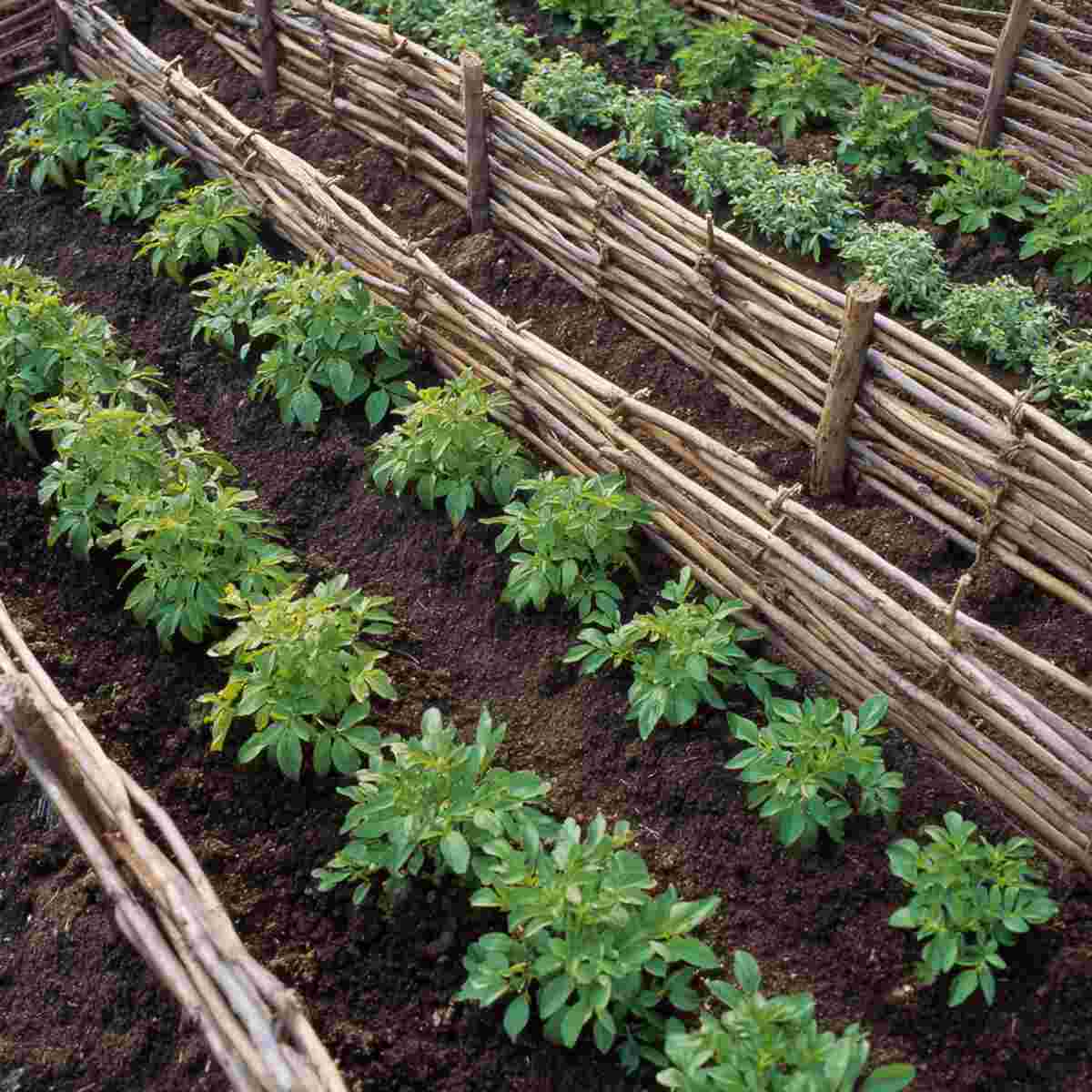
Horseradish naturally repels pests like Colorado potato beetles and improves the disease resistance of nearby potato plants.
Both crops enjoy similar growing conditions and soil types.
Adding horseradish is a clever pest management trick in traditional Companion Plant Layouts Garden Ideas.
Watch, 19 Genius Vertical Potato Tower Garden Ideas That Save Space and Boost Harvests
Using smart Companion Plant Layouts Garden Ideas can make your garden healthier, more productive, and easier to manage.
By placing plants that help each other side by side—like those that repel pests, boost growth, or improve soil—you create a natural support system right in your backyard.
These simple layouts not only save space but also reduce the need for chemicals and extra care.
Whether you’re planting veggies, herbs, or flowers, choosing the right companions makes a big difference.
